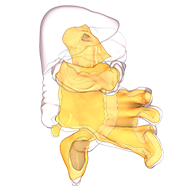Section 6.7: Mobilisation of the periphery of the mid-region mesenteric fold
The right mesocolon is detached from the posterior abdominal wall
By separating overlying mesentery, from underlying fascia
This is mesofascial separation on the right side
And it is key to detachment of an intact mesentery
The peritoneum is also reflected at the lateral aspect of the ascending colon
This must be divided as part of mesenteric detachment
Gradually, the right colon and mesocolon are fully detached
The process of mesofascial separation is continued under the mesentery at the hepatic flexure
The mesenteric component of the flexure converges on the second part of the duodenum which it overlies
The mesofascial interface is placed under continuous stretch
Thereby exaggerating the interface between mesentery and fascia
With further separation of mesentery from fascia
The second part of the duodenum, and mesoduodenum
Are also now detached
It is helpful to occasional return the intestine and mesentery
And reorientate the dissection
At this stage in the dissection the mesentery distal to the DJ flexure, is almost fully detached
From the underlying fascia and posterior abdominal wall
Next, the hepatocolic region of the reflection must be divided
To do this, the mesenteric domain is retracted left,
And the reflection comes under stretch
Enabling its identification and sharp dissection
Once the second part of the duodenum has been detached from underlying fascia
The mesoduodenum can be detached in the same manner
The duodenum is retracted left, interface between mesentery and fascia exaggerated
Enabling sharp separation of mesentery from fascia
This process is continued as far medially as possible, without entering or disrupting the mesentery
